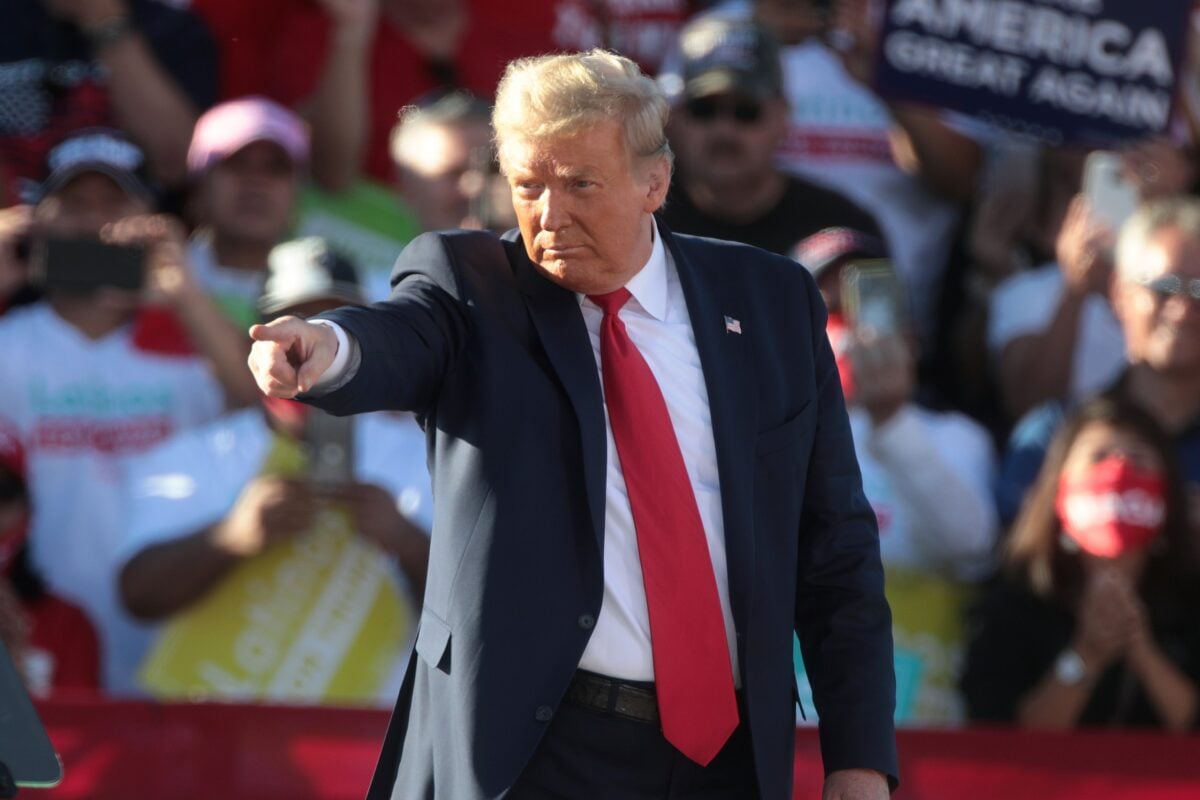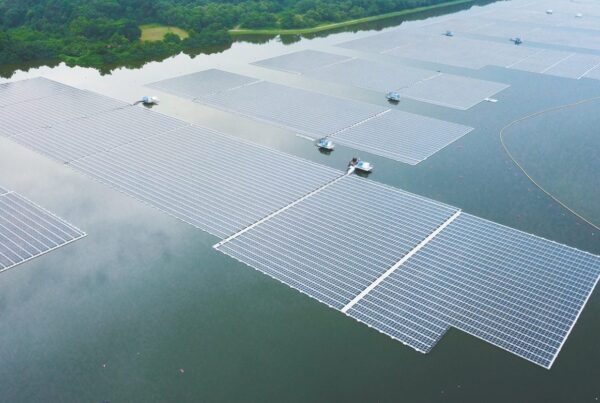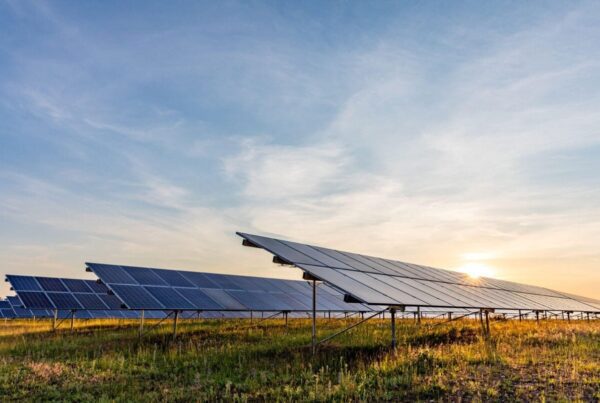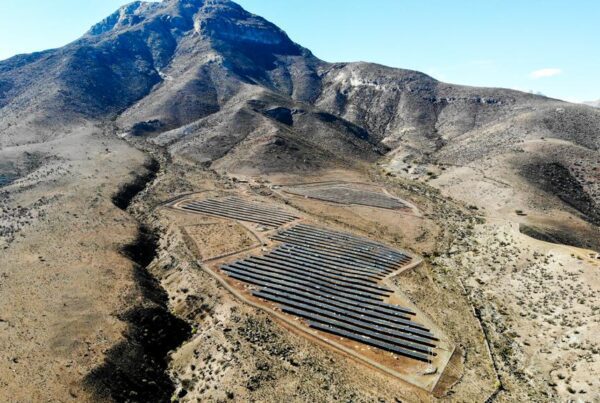
The move could have an impact on the US solar industry, which is already being buffeted by changing trade winds.
India has increasingly been spoken of as an emerging supplier to the US solar industry. The country has been building out a solar manufacturing capacity over recent years and has had success in establishing solar cell and module facilities, in particular.
The US industry is contending with new “Foreign Entity of Concern” (FEOC) restrictions on solar products entering the US, after the passage of the budget reconciliation bill earlier this month. This amounts to a restriction on Chinese products for solar projects hoping to attain federal tax credits.
Cells and modules from certain Southeast Asian countries are also subject to antidumping and countervailing duty (AD/CVD) tariffs, and the Uyghur Forced Labor Prevention Act (UFLPA) requires stringent supply chain transparency from products suspected to contain components from the Xinjiang region of China.
India has been seen as a potential alternative for solar supply as the US becomes increasingly closed to Chinese products, either directly or via satellite operations. Vinay Rustagi, chief business officer at Premier Energies, told PV Tech Premium last month why he believes India could emerge as the alternative to China’s global PV hegemony.
Shipments from India to the US have increased in recent years. Data from PV Tech Market Research (below) shows that module imports from Indian manufacturers grew massively in 2023, and reached over 8GW in 2024. That figure is forecast to drop slightly this year.
Some Indian solar manufacturers, like Waaree Energies, have also set up manufacturing facilities in the US.
But this new 25% tariff could complicate this situation, making products from India more expensive for US buyers and increasing costs for Indian manufacturers like Waaree, who expected to ship cells from India to make modules in the US.
To add to the picture, the US Department of Commerce (DOC) recently announced a new round of AD/CVD tariff investigations, targeting India, Laos, and Indonesia. If these are successful and AD/CVD tariffs are imposed, Indian supply will become even less attractive to US companies, and the routes for tariff-free solar supply to the US will become very few.
We will follow this story as it develops.






